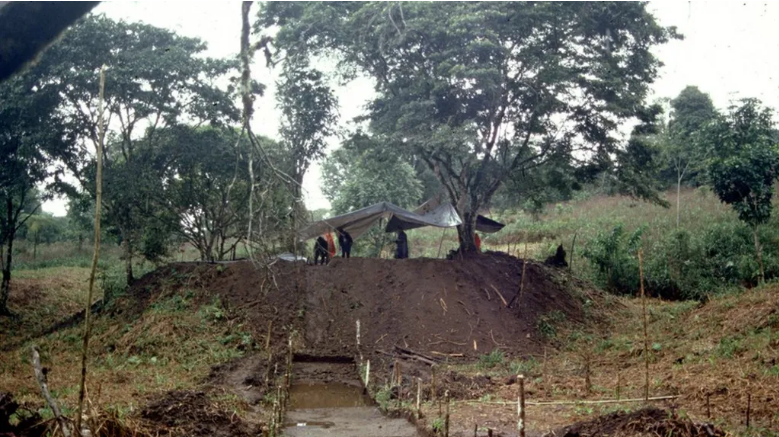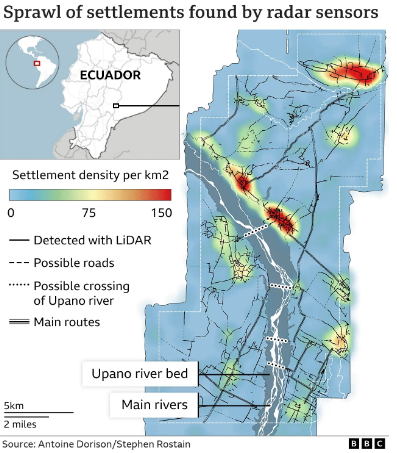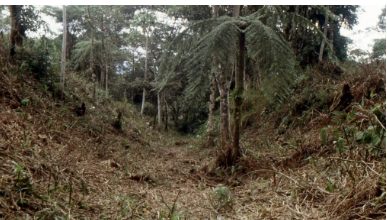Ancient Lost City Discovered in the Amazon Stuns Scientists
In a groundbreaking discovery, archaeologists have uncovered an ancient city hidden deep within the Amazon rainforest, buried for thousands of years beneath dense vegetation. This lost city, nestled in the Upano area of eastern Ecuador, has revolutionized our understanding of Amazonian civilization, revealing a sophisticated society that once thrived in the region. The city’s impressive infrastructure—complete with homes, plazas, roads, and canals—stands as a testament to the ingenuity of the people who built it some 2,500 years ago.

For decades, it was believed that the ancient inhabitants of the Amazon lived in small, nomadic communities, unlike the larger, more complex civilizations found in the South American highlands, such as the famous Machu Picchu in Peru. But this discovery, as Professor Stephen Rostain of France’s National Centre for Scientific Research explains, challenges that notion. “This is older than any other site we know in the Amazon. It shows that we need to rethink our ideas of culture and civilization in this part of the world.”
The city was an expansive urban center, home to tens of thousands, if not hundreds of thousands, of people. Archaeologists used advanced LiDAR technology—laser sensors mounted on aircraft—to scan the area, revealing over 6,000 rectangular platforms. These structures, believed to be homes and ceremonial spaces, were connected by an intricate network of straight roads, paths, and canals. Some of the platforms were enormous, with the largest measuring a staggering 140 meters (459 feet) by 40 meters (131 feet).

Dr. Antoine Dorison, one of the lead researchers, was particularly amazed by the city’s extensive road system. “The road network is very sophisticated. It stretches over vast distances, with everything connected in perfect right angles,” he said. The precision required to build these straight roads through dense forest and rugged terrain highlights the extraordinary capabilities of the city’s engineers.
While much of the city remains shrouded in mystery, evidence suggests that its residents were skilled farmers, cultivating crops like maize and sweet potatoes. They likely brewed “chicha,” a sweet beer, and used grinding stones and hearths, remnants of which were found in the ruins. The society’s advanced irrigation systems, including canals and ditches, demonstrate their ability to manage the region’s abundant water supply.
The scale of this discovery is immense. José Iriarte, an archaeology professor at the University of Exeter, likened it to finding a civilization on par with the Maya, but with entirely different architecture and land use. The city, with its massive platforms and ceremonial roads, offers a glimpse into a complex, highly organized society that once thrived in the heart of the Amazon.

This find did not come without challenges. Rostain and his team faced skepticism for decades, with many believing that no large civilizations had ever existed in the Amazon. Yet, against the odds, their persistence paid off. “I’m very stubborn, so I did it anyway,” Rostain admitted. “Now I must admit I’m quite happy to have made such a big discovery.”
This ancient city, lost to time and the dense jungle, is reshaping what we know about the civilizations of the Amazon and proving that its history is far richer and more complex than previously imagined.


